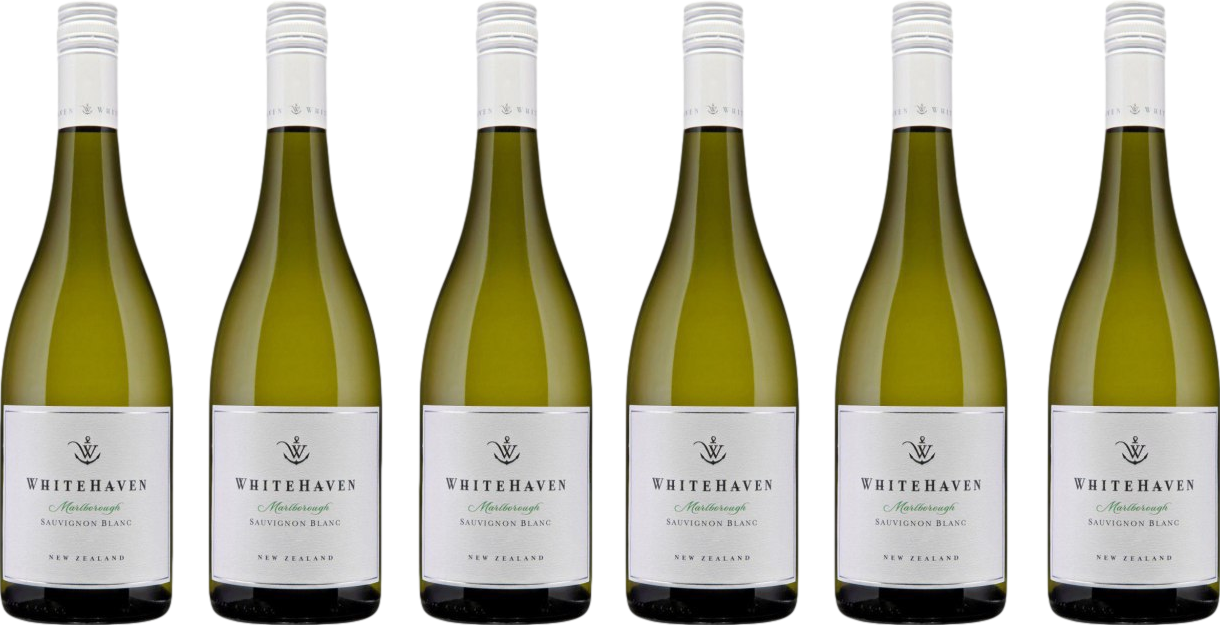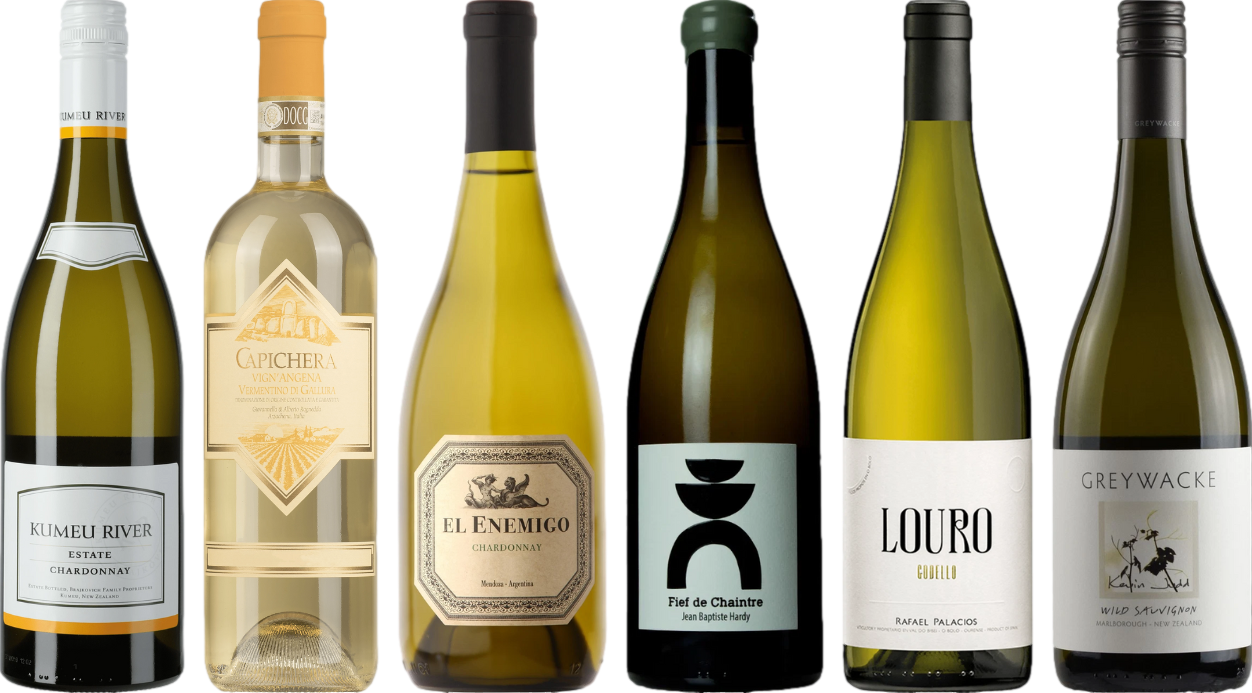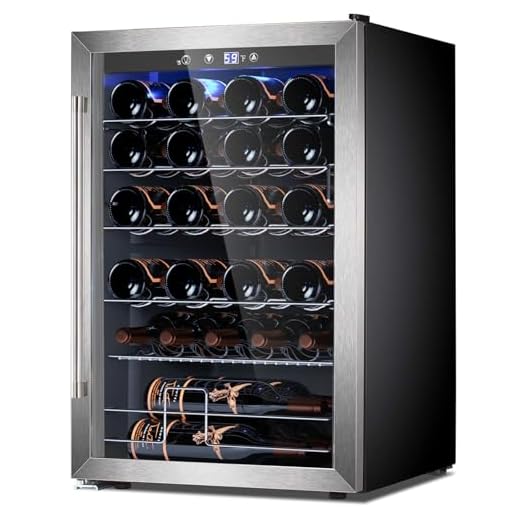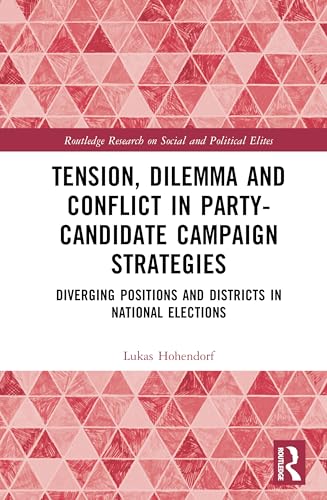



Storing bottles in a cool, dark place significantly extends their life. Temperature fluctuations and exposure to light can degrade the liquid and its flavors, leading to a less enjoyable experience upon opening. Aim to maintain a consistent temperature between 45°F to 65°F (7°C to 18°C) for optimal preservation.
Check the closure type; corks can allow small amounts of air to seep in over time, potentially affecting the drink’s quality. Bottles sealed with synthetic corks or screw caps generally have a longer shelf life due to their airtight seal. Additionally, consider the vintage; some varieties are crafted to age gracefully, while others are best enjoyed within a few years of bottling.
Always inspect the bottle for signs of leakage or discoloration in the label. These can indicate improper storage conditions. If you have a collection, rotate your bottles regularly to ensure you consume the older stocks first, maximizing your enjoyment and minimizing the risk of spoilage.
Can White Wine Go Bad Unopened
Unconsumed bottles can deteriorate over time, particularly due to specific storage conditions. A few factors can influence how long a bottle retains its integrity and flavor profile.
- Temperature: Store in a cool, dark place away from direct sunlight. Ideal temperatures range from 45°F to 65°F (7°C to 18°C). Extreme heat can accelerate the aging process negatively.
- Humidity: Maintain a humidity level of around 50-70%. Excessive dryness can lead to cork deterioration, allowing air to seep in.
- Light: UV light can degrade the quality of the liquid. Opt for dark storage environments or use protective packaging.
- Time: While some varieties can age gracefully, many are meant for early consumption. Check specific recommendations for the type you have.
Inspect the cork periodically for any signs of spoilage or leakage. If the cork appears compromised, consider the contents carefully before serving. The taste may not be optimal, even if the bottle appears fine externally.
In summary, monitoring storage conditions can help preserve the quality of an unopened bottle. Always trust your senses; if something seems off when you finally open it, it’s wise to avoid consumption.
Understanding the Shelf Life of Unopened White Wine
For optimal enjoyment, it’s recommended to consume this type of beverage within 1 to 2 years of its vintage date if stored properly. Certain varietals, however, can withstand longer aging, particularly those crafted with higher acidity or residual sugar.
Storage Conditions
Maintain a stable environment for best results. The ideal temperature should be around 45-65°F (7-18°C), with humidity levels around 70%. Avoid exposure to direct sunlight and vibrations, which can adversely affect quality.
Signs of Deterioration
Even if sealed, look for indicators: unusual discoloration of the cork, leakage, or a musty odor upon opening. These can signal spoilage and a compromised drinking experience.
| Type | Typical Shelf Life |
|---|---|
| Light-bodied | 1-2 years |
| Full-bodied | 2-3 years |
| Sweet varieties | 3-5 years |
| Sparkling | 1-3 years |
Monitor your collection and enjoy within these timeframes for the best experience. Each bottle tells a story, and understanding its potential is key to savoring the moment.
Factors That Influence White Wine Longevity
Storage conditions play a pivotal role in the lifespan of a bottle. Maintain a stable temperature, ideally between 45°F and 65°F (7°C to 18°C), away from direct sunlight. Fluctuations can compromise the integrity of the liquid.
Humidity levels are equally significant. Aim for around 50-70% humidity to prevent cork drying, which can lead to oxidation. A dry cork allows air to seep in, spoiling the contents.
The type of closure impacts longevity. Screw caps often provide a better seal than traditional corks, minimizing the risk of spoilage due to air exposure. Meanwhile, synthetic corks can also offer a reliable alternative.
Age is another factor; some varietals are crafted for immediate enjoyment, while others can develop complexity over time. Research the specific varietals in your collection to understand their optimal drinking windows.
Lastly, consider the initial quality of the bottle. High-quality selections generally have a longer lifespan due to superior grapes and meticulous production methods. Investing in well-regarded producers can enhance your collection’s longevity.
How to Store Unopened White Wine Properly
Maintain a consistent temperature between 45°F and 65°F (7°C – 18°C) for optimal preservation. Fluctuations can negatively impact the flavor profile and overall quality.
Store bottles horizontally to keep the cork moist, preventing air from seeping in. This helps maintain the integrity of the liquid inside.
Place the bottles in a dark environment, away from direct sunlight and fluorescent light. UV rays can degrade the delicate aromas and flavors.
Humidity levels should be around 50-70%. Too low humidity can dry out the cork, while excessive moisture may promote mold growth.
Avoid areas with strong odors, as porous corks can absorb surrounding scents, altering the taste of the beverage.
Consider using a designated wine cooler or cellar for long-term storage. These appliances provide the ideal conditions for aging and preserving your collection.
Keep the bottles away from vibrations caused by appliances or foot traffic. Stability is key in maintaining the quality of the liquid.
Lastly, avoid storing near kitchen appliances or areas with high temperature variations. Consistent conditions are paramount for longevity.
Signs of Deterioration in Unopened White Wine
Look for changes in color; a shift from pale yellow to a darker hue often indicates age or spoilage. A wine that has oxidized may appear more gold or amber than its original shade.
Next, check the cork. If it’s pushed out or appears damp, that could signal that the bottle has been improperly stored. A compromised seal can lead to exposure to air, which deteriorates quality.
Examine the label for any signs of leakage. If liquid has escaped, it suggests that the cork may have failed, allowing spoilage to occur.
Smell is another critical factor. If you catch a whiff of a musty or vinegar-like aroma upon opening, it’s a strong indication that the contents have soured.
Lastly, assess any sediment. While some sediment is natural in aged bottles, an unusual amount can imply aging beyond optimal conditions or poor storage practices.
Does the Type of White Wine Affect Its Shelf Life?
The longevity of your bottled treasure largely hinges on its type. Certain varieties exhibit greater resilience over time, while others are meant for immediate enjoyment.
- High-Acid Varieties: Wines like Sauvignon Blanc and Riesling can often withstand the test of time due to their elevated acidity levels. This natural preservation factor helps maintain their freshness and flavor profile longer than many others.
- Oaked vs. Unoaked: Oaked options, such as Chardonnay, typically have a longer shelf life. The aging process in oak barrels enhances complexity and provides added stability. Unoaked selections, however, are generally best consumed within a few years of bottling.
- Sweet vs. Dry: Sweet wines, such as late harvest or dessert wines, boast a longer lifespan due to their sugar content, which acts as a preservative. Conversely, many dry styles are intended for earlier consumption.
- Region Matters: Wines from regions known for exceptional aging potential–like Burgundy or Napa Valley–often exhibit longevity. In contrast, those from less esteemed regions may not last as long.
Understanding these distinctions can help you make informed decisions when selecting your favorite bottles for future enjoyment. Proper storage is equally important, so ensure you keep these bottles in optimal conditions to maximize their aging potential. For additional tips on maintaining your home, check this link.
What to Do With Old Unopened White Wine
If you find a bottle of aged, sealed vino, first check the vintage. Generally, if it’s a high-quality selection from a reputable region, it may still be enjoyable. Consider tasting it to assess its condition. Pour a small amount and observe the color and aroma. If it appears vibrant and smells pleasant, it’s likely still good to drink.
If the liquid has lost its luster or exhibits off-putting scents, it’s best to dispose of it responsibly. Pour it down the sink and recycle the bottle. Alternatively, consider using it for cooking; even older selections can add depth to sauces or marinades, enhancing flavors in your dishes.
Another option is to repurpose the bottle as a decorative item. Clean it thoroughly and use it as a vase or a unique piece in your home décor. This can be an appealing way to remember the bottle and its origins.
Lastly, if you’re still unsure, consult with local sommeliers or wine experts. They can provide insights based on the specific varietal and vintage. Networking with fellow enthusiasts can also lead to opportunities for sharing or trading bottles, thus extending the enjoyment of your collection.







